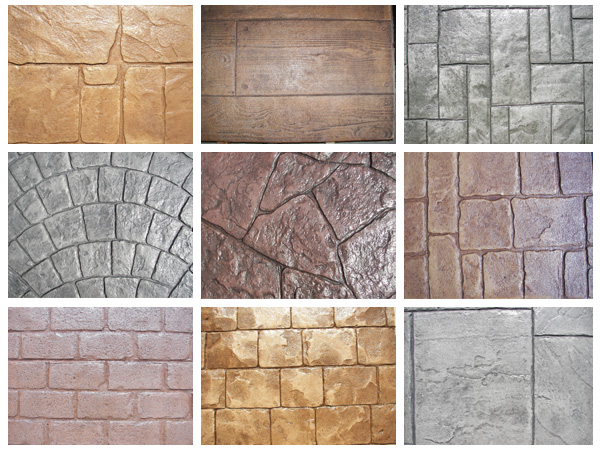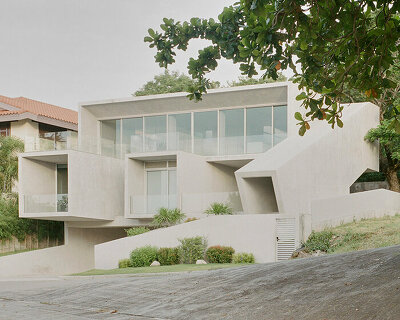The Resilience and Sophistication of Concrete Sidewalks
Concrete sidewalks have long been a staple in country and metropolitan landscapes due to their amazing mix of strength and aesthetic allure. The toughness of concrete as a paving material is widely known, with its ability to withstand hefty foot web traffic, stormy weather condition, and the examination of time. Beyond their strength, concrete sidewalks supply a canvas for innovative design and customization, raising the total appearance of a community or industrial area. As we discover the complex details of concrete pathways, it comes to be obvious that their style exceeds plain performance, making them a fascinating topic of consideration for both experts in the sector and lovers alike.

Advantages of Concrete Sidewalks
Enhancing pedestrian safety and visual appeals, concrete sidewalks use a sturdy and aesthetically enticing service for country and metropolitan landscapes. Unlike some alternative products that may degrade over time, concrete pathways have a long life-span, needing very little upkeep.
Additionally, concrete pathways are very versatile in regards to design. They can be personalized to match the surrounding atmosphere, whether it be with different colors, structures, or patterns. This versatility enables for innovative flexibility in city planning and landscaping tasks, enhancing the overall aesthetic charm of the location.
In addition, concrete walkways are recognized for their reduced ecological effect. Concrete is a sustainable product that can be recycled, minimizing waste and adding to environmentally friendly construction methods. By choosing concrete walkways, neighborhoods can focus on both aesthetic charm and environmental duty in their infrastructure jobs.
Layout Options for Sidewalks
When taking into consideration style options for sidewalks, it is vital to focus on both capability and visual allure in urban planning and landscaping jobs. Legendary Concrete Marietta. There are several layout alternatives offered to enhance the visual charm and capability of walkways

Another alternative is subjected aggregate concrete, where the leading layer is removed to disclose the accumulation under, producing a visually interesting and distinctive surface that also supplies excellent slip resistance. - Concrete Contractor
Colored concrete is a flexible selection that can be tailored to enhance the surrounding setting or produce visual rate of interest. Integrating decorative aspects like boundaries, racking up, or staining can further improve the general style of the pathway.
Upkeep Tips for Longevity
To make certain the resilience and beauty of concrete sidewalks over time, appropriate maintenance is important in protecting their aesthetic allure and architectural stability. Regular cleaning is essential in protecting against dirt, particles, and spots from accumulating on the surface. Simple tasks like sweeping or rinsing with a yard hose pipe can assist keep the appearance of the pathway. In instances where stains are consistent, mild cleaning agent and water can be used for rubbing. Securing the concrete every 2-3 years is likewise important to safeguard it from dampness infiltration, freeze-thaw cycles, and chemical damage. This sealant aids in keeping the color and finish of the pathway while enhancing its resistance to tear and use. Furthermore, resolving any cracks or damages immediately is important to stop more deterioration. Tiny splits can be full of concrete caulk, while bigger damages may need expert repair work review to make certain the architectural security of the pathway. By complying with these maintenance ideas faithfully, concrete sidewalks can retain their elegance and performance for many years ahead.
Environmental Influence of Concrete
Concrete, an extensively utilized construction material, has considerable ecological ramifications that call for cautious factor to consider in modern facilities tasks. The production of concrete involves the extraction of raw products such as limestone and sand, contributing to environment destruction and ecological community disturbance. Furthermore, the production process launches a significant quantity of carbon dioxide, a greenhouse gas that adds to environment change. However, concrete's sturdiness and longevity can offset some of these environmental effects. When properly kept, concrete structures can have a life-span of numerous decades, reducing the demand for regular restoration and the linked resource usage.
To minimize the environmental effect of concrete, sustainable techniques such as making use of alternate cementitious products, integrating recycled aggregates, and enhancing mix styles are being significantly adopted. By executing these techniques, the construction industry can proceed to benefit from the resilience of concrete while lowering its total environmental impact.
Future Trends in Pathway Building And Construction
Taking into consideration the developing landscape of sustainable construction techniques, the future trends in sidewalk building and construction are positioned to reinvent the means concrete frameworks impact the atmosphere. Among the crucial trends in sidewalk construction is the increased use of recycled products. By incorporating products such as recycled aggregates and additional cementitious materials like fly ash or slag, pathways can be constructed with a reduced carbon footprint. Additionally, the growth of permeable concrete is gaining grip in walkway building and construction. Permeable concrete permits water to pass through, reducing drainage and reducing the strain on stormwater monitoring systems.
The fostering of prefabricated concrete pathway areas can improve building processes, reducing waste and building time. As sustainability ends up being a significantly crucial element of building and construction, these patterns in walkway building are likely to form the future of metropolitan framework development.

Final Thought
In conclusion, concrete sidewalks use countless advantages have a peek here such as toughness and elegance. With different style choices readily available, proper maintenance is vital for durability. In spite of concerns concerning its ecological impact, concrete continues to be a prominent option for sidewalks. Future trends in sidewalk construction may focus on including a best site lot more lasting materials and modern technologies to reduce ecological damage. On the whole, concrete sidewalks remain to be a trendy and dependable option for pedestrian pathways.
Unlike some different materials that might weaken over time, concrete sidewalks have a long lifespan, requiring minimal upkeep.To make sure the sturdiness and style of concrete walkways over time, correct upkeep is crucial in maintaining their visual charm and architectural stability.Taking into consideration the evolving landscape of sustainable construction practices, the future trends in walkway building and construction are poised to transform the means concrete frameworks impact the setting. Additionally, the development of absorptive concrete is getting traction in sidewalk building and construction. The fostering of premade concrete walkway areas can improve building and construction procedures, lowering waste and construction time.